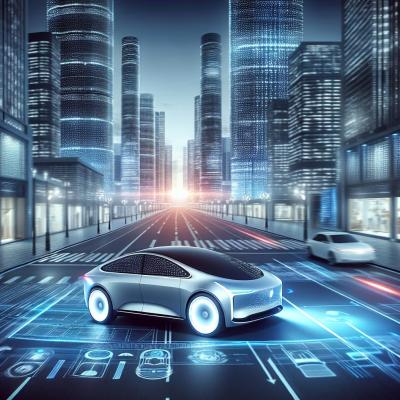Howden Re’s "Shaping the Future of Risk" report highlights that the surge in autonomous vehicle (AV) adoption is likely to lead to more intricate litigation scenarios. The expected litigation will ensnare vehicle manufacturers, software developers, hardware suppliers, and mapping service providers in various legal battles.
The report underscores that the growing prevalence of AVs might influence losses within motor liability insurance segments. AV technology could shift liability from individuals operating vehicles to the technology powering these autonomous systems, necessitating a shift towards product liability insurance over traditional motor insurance.
“Identifying the faulty component in a vehicle involved in an incident will be a challenging task,” Howden Re states. “Court outcomes in these cases could significantly sway motor liability insurance strategies. Depending on verdicts, this arena might demand stronger reserving strategies to accommodate potential claim variances.”
Motor liability currently constitutes as much as 40% of global property and casualty premiums, and projections suggest that by 2030, around 50% of new vehicles will be electric. Additionally, most new vehicles are expected to possess considerable technological connectivity, with some touting self-driving capabilities.
As AI-driven systems aim to replace human drivers in an effort to reduce accidents caused by human oversight, this will introduce a tentative period where both human-driven and autonomous vehicles coexist. This coexistence will inevitably complicate accident causality assessments and claims filing procedures.
“The artificial intelligence governing AVs operates on assumptions that might occasionally be flawed. Therefore, AVs complicate the accident and claims landscape by introducing new challenges in assigning fault,” Howden Re elaborates. “In mixed environments where human-driven and autonomous vehicles share the road, discerning whether a crash results from technological failure or human error becomes intricate.”
Both passengers in AVs and drivers of other involved vehicles might seek compensation from AV manufacturers in the event of an accident, potentially heightening overall claim costs.
Published: Tuesday 10th September, 2024
Last updated: Tuesday 10th September, 2024
Please Note: If this information affects you or is relevant to your circumstances, seek advice from a licensed professional.










